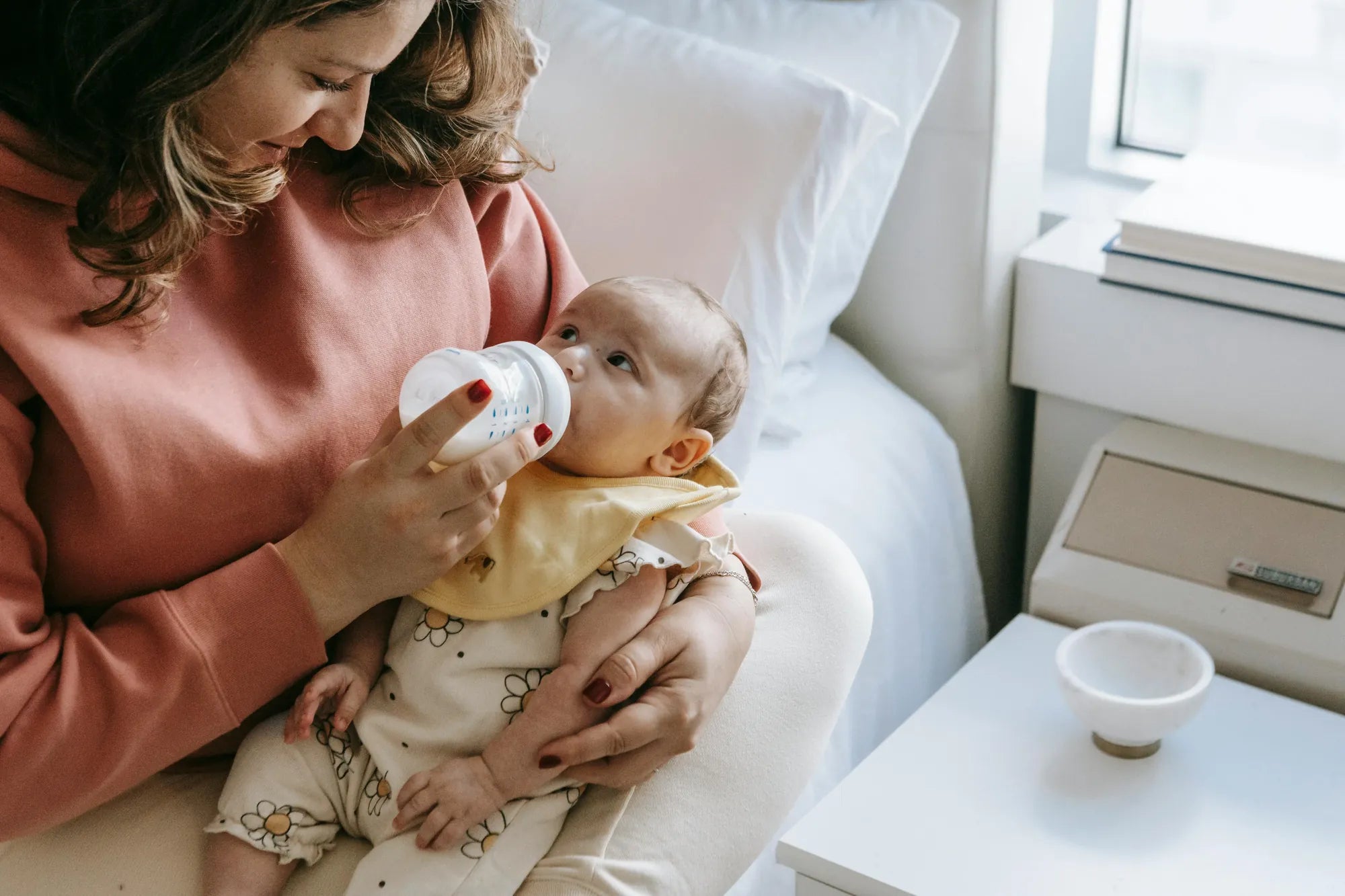Startseite
Pregnancy, Breastfeeding, and Pumping: The Ultimate Guide for Moms
Should I Sterilize My Breast Pump After Every Use? A Comprehensive Guide

Should I Sterilize My Breast Pump After Every Use? A Comprehensive Guide
When it comes to caring for your baby, hygiene is paramount. One common question many new parents ask is, 'Should I sterilize my breast pump after every use?' The answer isn't always straightforward, as it depends on various factors such as your baby's health, the type of breast pump you use, and your daily routine. This article will delve into the importance of sterilizing your breast pump, how often you should do it, and the best practices to ensure your baby's safety and well-being.
Why Sterilization Matters
Sterilizing your breast pump is crucial because it helps eliminate harmful bacteria, viruses, and other pathogens that could potentially harm your baby. Babies, especially newborns, have developing immune systems that are not yet strong enough to fight off infections. By sterilizing your breast pump, you reduce the risk of exposing your baby to harmful microorganisms that could cause illnesses such as thrush, diarrhea, or even more serious infections.
How Often Should You Sterilize Your Breast Pump?
The frequency of sterilization depends on several factors. If your baby is premature, has a weakened immune system, or is younger than three months old, it is generally recommended to sterilize your breast pump after every use. For older babies with stronger immune systems, sterilizing once a day may be sufficient, provided that you clean the pump thoroughly after each use. Always consult your pediatrician for personalized advice based on your baby's specific needs.
Best Practices for Cleaning and Sterilizing
Proper cleaning and sterilization of your breast pump involve several steps. First, disassemble the pump completely, as bacteria can hide in small crevices. Wash all parts that come into contact with breast milk using warm, soapy water. Use a clean brush to scrub hard-to-reach areas. Rinse thoroughly to remove all soap residue. For sterilization, you can use boiling water, a steam sterilizer, or a microwave sterilizer. Follow the manufacturer's instructions for the sterilization method you choose. Allow all parts to air dry on a clean towel or drying rack before reassembling the pump.
Common Mistakes to Avoid
One common mistake is not cleaning the breast pump immediately after use. Milk residue can dry and become harder to remove, increasing the risk of bacterial growth. Another mistake is not drying the pump parts thoroughly before storage, as moisture can promote the growth of mold and bacteria. Additionally, using harsh chemicals or abrasive scrubbers can damage the pump parts, making them less effective and potentially unsafe for your baby.
Alternative Methods for Maintaining Hygiene
If sterilizing after every use is not feasible, there are alternative methods to maintain hygiene. For example, you can use disposable breast pump wipes to clean the pump parts quickly when you're on the go. Another option is to have multiple sets of pump parts so that you can rotate them, allowing time for proper cleaning and sterilization. Always ensure that any alternative method you choose is safe and effective for maintaining the cleanliness of your breast pump.
Signs That Your Breast Pump Needs Immediate Sterilization
There are certain situations where immediate sterilization is necessary. If you notice any unusual odors, discoloration, or residue on the pump parts, it's a sign that they need to be sterilized right away. Additionally, if your baby shows signs of illness such as thrush or gastrointestinal issues, it's crucial to sterilize the pump after every use until the issue is resolved. Always err on the side of caution when it comes to your baby's health.
Long-Term Maintenance and Care
Proper long-term maintenance of your breast pump is essential for its effectiveness and safety. Regularly inspect the pump parts for signs of wear and tear, and replace them as needed. Store the pump in a clean, dry place, and avoid exposing it to extreme temperatures or direct sunlight. By taking these steps, you can ensure that your breast pump remains in good condition and continues to provide a safe and hygienic way to feed your baby.
Maintaining the cleanliness of your breast pump is a vital part of ensuring your baby's health and well-being. While the frequency of sterilization may vary depending on your baby's needs, following best practices for cleaning and sterilizing can help you provide a safe and hygienic feeding experience. Always consult your pediatrician for personalized advice, and remember that when it comes to your baby's health, it's better to be safe than sorry.
Teilen

